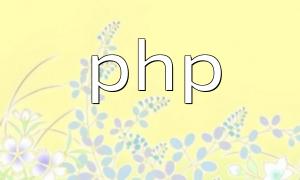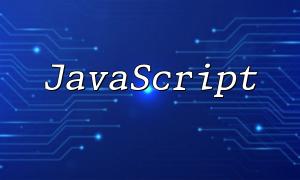In this guide, we will walk you through the steps to install Laravel 5.6, ensuring that you can successfully set up this powerful PHP framework. Laravel is renowned for its elegant syntax and robust features, making it a top choice for many developers.
Laravel is an open-source PHP framework designed to simplify web application development. In Laravel 5.6, several new features and improvements have been introduced, making it an ideal choice for developers building modern applications. Additionally, Laravel 5.6 remains compatible with many features from previous versions, making it easy for users to upgrade.
Before beginning the installation of Laravel 5.6, ensure your environment meets the following system requirements:
PHP Version: At least 7.1.3
Composer: A tool for managing dependency packages
Database: Supports MySQL, PostgreSQL, etc.
First, you need to install Composer. Composer is a PHP dependency management tool, and you can install it by running the following command in the terminal:
php -r "copy('https://getcomposer.org/installer', 'composer-setup.php');" php -r "if (hash_file('sha384', 'composer-setup.php') === '检测SHA384哈希') { echo '安装者通过验证'; } else { echo '安装者通过验证失败'; unlink('composer-setup.php'); } echo PHP_EOL;" php composer-setup.phpphp -r "unlink('composer-setup.php');"Once the installation is complete, you can verify if Composer is installed successfully with the following command:
composer --versionUse Composer to create a new Laravel 5.6 project. You can do this by running the following command:
composer create-project --prefer-dist laravel/laravel project-name "5.6.*"Replace "project-name" with the name you want to assign to your project. This will install Laravel 5.6 along with all its dependencies.
Once the installation is complete, you need to configure the environment file. Copy the `.env.example` file and rename it to `.env`:
cp .env.example .envNext, you can configure database connections, cache settings, sessions, and other parameters in the `.env` file.
To generate an application key, run the following command:
php artisan key:generateFinally, you can use the built-in development server to run your Laravel application. Execute the following command:
php artisan serveOpen your browser and visit http://localhost:8000, where you should see the Laravel welcome page, indicating that the installation was successful.
If you encounter issues during installation, first check if the system requirements are met and ensure that Composer is installed correctly.
Using Composer, you can upgrade an existing project with the following command:
composer updateThis will ensure that you have the latest patches and dependencies for Laravel 5.6.
By following these steps, you should be able to easily install Laravel 5.6 and begin developing your application. Laravel 5.6 offers many powerful features to help you build modern and efficient web applications.
We hope this guide helps you successfully install Laravel 5.6. If you have any questions, refer to the official Laravel documentation.









